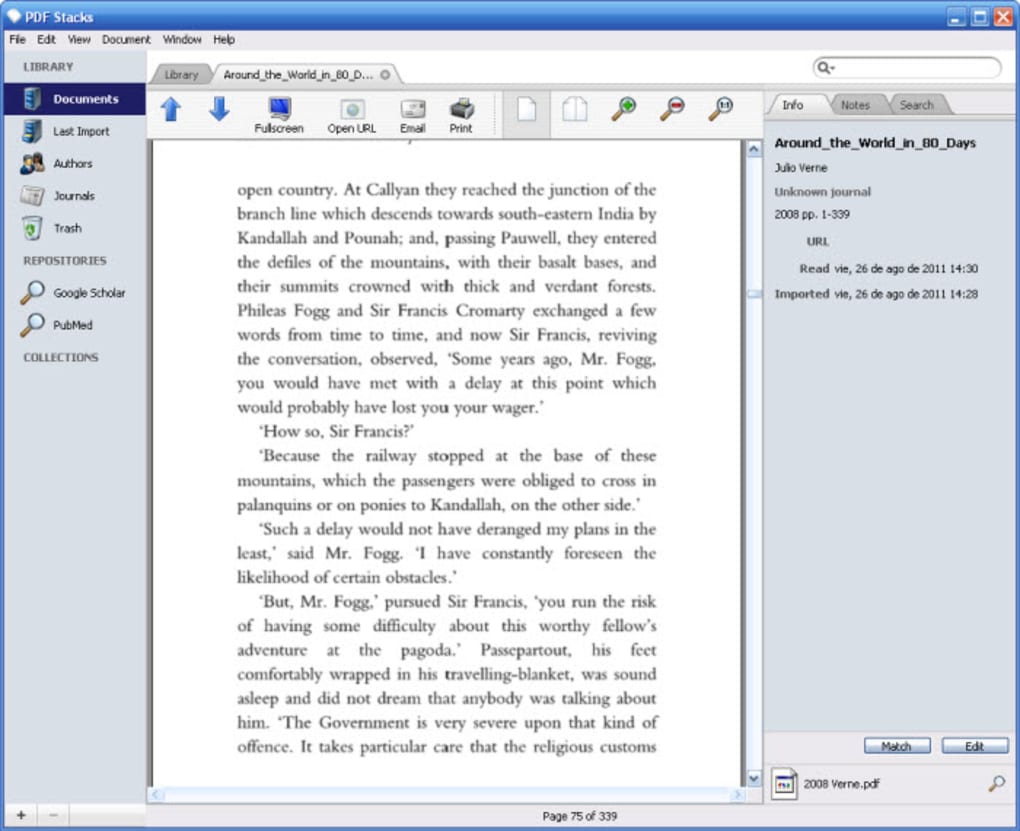

Wireless, smartphone-driven fluidics is presented to fully showcase the practical application of this technology.Ī novel catalytic effect of pyroelectric materials induced by a change in temperature, namely pyroelectric catalysis, was found attractive for its ability to utilize waste heat in pollution treatment. This tube-free system is coupled with resonant wireless power transfer to remove all obstructing hardware - ideal for high-numerical-aperture microscopy.
We demonstrate practical fluidic applications including open mixing, lateral-flow protein labeling, filtration, and viral transport for infrared biosensing-known to suffer strong absorption losses from enclosed channel material and water. This was achieved using resonant, nanoscale focusing of radio frequency power and an electrode geometry designed to abate surface tension. Here we show actuation of microchannels as narrow as 1 µm using voltages as low as 0.5 V RMS for both deionized water and physiological buffer. The dielectric polarization force is an alternative which can generate open liquid microchannels (sub-100 µm) but requires large operating voltages (50–200 V RMS ) and low conductivity solutions. , electrowetting), which can render low-voltage but forfeits open-microchannel confinement. Typical systems actuate via manipulating surface wettability ( i.e.

Active actuation via electric fields can offer a reduced footprint compared to passive microfluidic ensembles and removes the burden of intricate mechanical assembly of enclosed systems. Open-channel microfluidics enables precise positioning and confinement of liquid volume to interface with tightly integrated optics, sensors, and circuit elements. As a result to that study, we propose a guideline to adjust the dielectric coating properties (thickness, material) depending on the liquids to displace and targeted applications. The experiments have been carefully analyzed to identify which are the best stacks in terms of efficiency and quality for the LDEP transduction. This generic design features lateral bumps regularly spaced across coplanar electrodes to generate an array of 30 pL DI water droplets in a single open-plate architecture. For the first time, an extensive study is presented in that paper, comparing the performances of more than twenty different dielectric stacks (including SiN, High-K materials, hydrophobic coatings) from micro–nanoelectronics know-how and implemented onto a given LDEP design. There is a need to optimize this stack of insulating layers to first prevent from their dielectric breakdown, secondly reduce the actuation voltage, and lastly ensure a reproducible and well-controlled droplet-generation process. Indeed, such layers may be exposed to high electric field, during operation. One of the current challenges for LDEP concerns the robustness of both the dielectric and hydrophobic coatings (deposited atop the driving electrodes). Among digital microfluidic techniques, liquid dielectrophoresis (LDEP) is well adapted to displace insulating liquids.


 0 kommentar(er)
0 kommentar(er)
